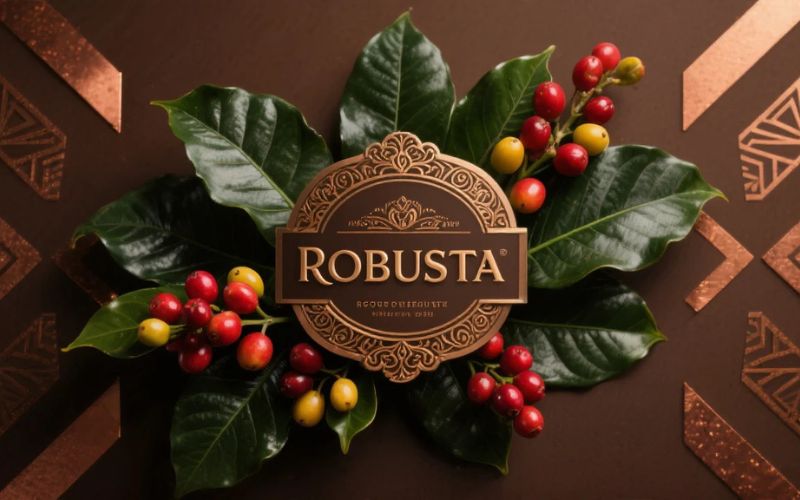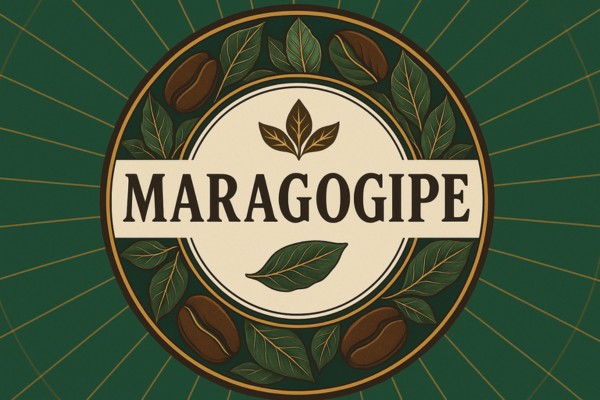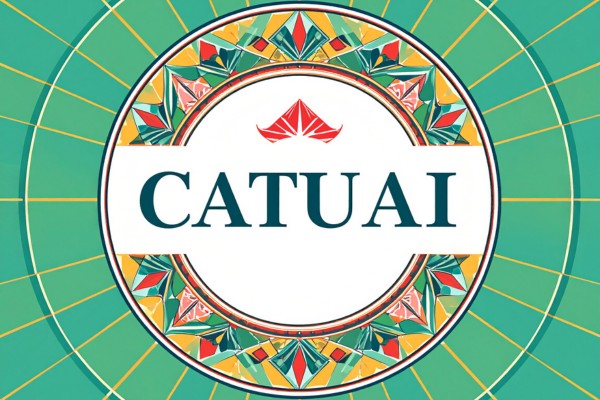
Fine Robusta: The Other Specialty Coffee
Explore the world of Fine Robusta (Coffea canephora), the 'other' species of coffee. Learn how a new generation of producers is using specialty Arabica techniques to unlock the potential of Robusta, creating a new category of coffee defined by its rich body, high caffeine, and unique flavor profile.
Fine Robusta: A Revolution in Quality
For decades, Robusta coffee (Coffea canephora) has been dismissed by the specialty coffee world as a cheap, low-quality commodity, suitable only for instant coffee or as a minor component in espresso blends to boost crema and caffeine.
However, a revolution is underway. A growing movement of dedicated producers, roasters, and researchers is proving that, when grown and processed with the same care and attention as high-quality Arabica, Robusta can produce a unique, complex, and delicious cup of its own.
This new category is known as Fine Robusta. It represents a fundamental rethinking of coffee's "other species" and is creating a new and exciting frontier in the world of coffee flavor.
Understanding Robusta (Coffea canephora)
Robusta is a different species of coffee from Arabica (Coffea arabica). As its name suggests, it is a more "robust" plant.
- Higher Caffeine: Robusta beans typically contain twice the amount of caffeine as Arabica beans. This high caffeine content acts as a natural pest repellent.
- Disease Resistant: It is naturally resistant to most major coffee diseases, including coffee leaf rust.
- Thrives in Hotter Climates: It can be grown in hotter, more humid climates and at lower altitudes than Arabica, making it a crucial crop in countries like Vietnam, Brazil (where it's called Conilon), and Indonesia.
- Different Plant Structure: The plants are larger and more tree-like, and their cherries grow in dense clusters.
Historically, Robusta has been processed as a high-volume, low-cost commodity, which is the main reason for its poor reputation. The beans were often strip-picked (ripe and unripe cherries together) and poorly processed, resulting in harsh, rubbery, and bitter flavors.
The Principles of Fine Robusta
The Fine Robusta movement applies the core principles of specialty Arabica production to the Robusta species.
- Selective Harvesting: Farmers carefully pick only the ripest Robusta cherries, just as they would with a high-quality Arabica.
- Meticulous Processing: They use advanced processing methods like washed, honey, and natural processing to control fermentation and develop desirable flavors. This is a world away from the traditional, low-grade processing Robusta usually undergoes.
- Variety Selection: Producers are identifying specific Robusta varieties that have a higher potential for good flavor.
- Quality Grading: The Coffee Quality Institute (CQI) has developed a specific set of standards and a 100-point scoring system for Fine Robusta, just like there is for specialty Arabica.
The Fine Robusta Flavor Profile
When produced to these high standards, Fine Robusta offers a completely different and unique flavor experience. It does not try to mimic Arabica; it showcases its own strengths.
- Acidity: The acidity is typically very low, which is a core characteristic of the species.
- Body: This is where Fine Robusta truly shines. It has an exceptionally full, rich, and often viscous or syrupy body that is much heavier than most Arabicas.
- Aroma: The aroma can be surprisingly complex, with notes of dark chocolate, nuts, and sweet spices.
- Flavor: The flavor profile is dominated by deep, rich notes. Look for flavors of dark chocolate, toasted nuts, caramel, and a subtle, sweet fruitiness. It lacks the bright, floral, and high-toned fruit notes of Arabica, offering instead a powerful and deeply resonant flavor experience. It also famously produces a very thick and stable crema when brewed as espresso.
The Role of Fine Robusta
Fine Robusta is carving out its own important niches in the coffee world.
- Espresso Blends: It is a dream component for modern espresso blends. A small amount of Fine Robusta can dramatically improve the richness, body, and crema of an espresso shot, all without introducing the harsh, rubbery flavors of commodity-grade Robusta.
- A Unique Single Origin: For adventurous coffee drinkers, a well-made Fine Robusta offers a completely new sensory experience. It's a chance to explore a different side of the coffee flavor world.
- A Sustainable Future: As climate change puts pressure on the cooler, high-altitude regions required for Arabica, the ability to grow high-quality coffee in warmer climates will become increasingly important. Fine Robusta offers a vital path forward for farmers in these regions.
Conclusion: Redefining "Good" Coffee
The Fine Robusta movement is about more than just a new type of coffee; it's about expanding our very definition of what "good coffee" can be. It challenges the long-held prejudice against Coffea canephora and proves that quality is not determined by species, but by the care, skill, and intention of the people who grow and process it.
Fine Robusta is a testament to innovation and a powerful reminder that there are still new frontiers to explore in the world of coffee. For coffee lovers, it offers a new and exciting world of flavor, defined by incredible texture and deep, powerful sweetness.


